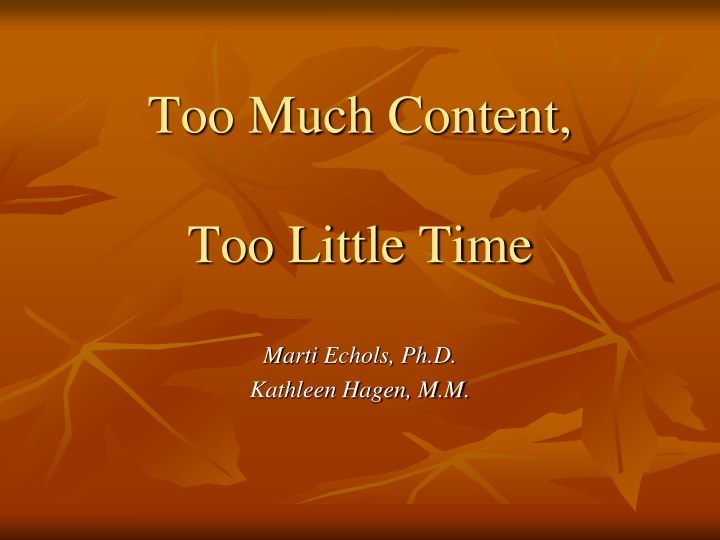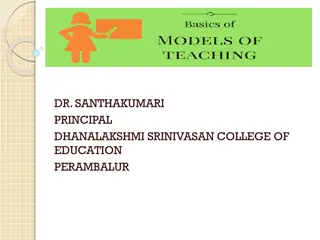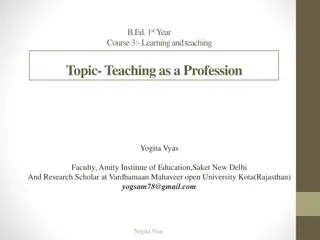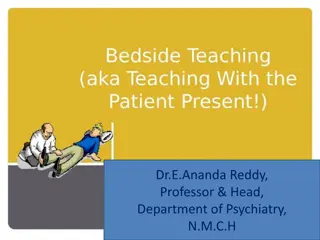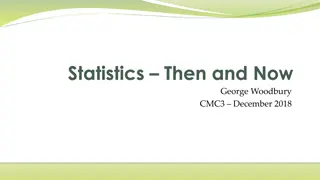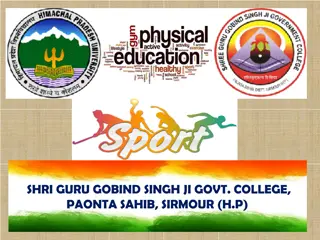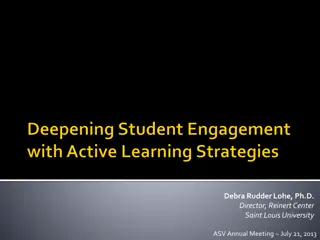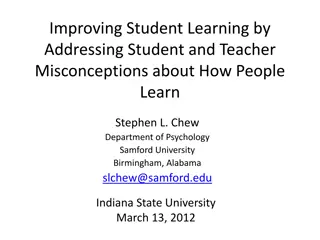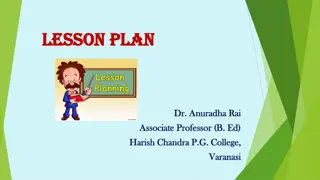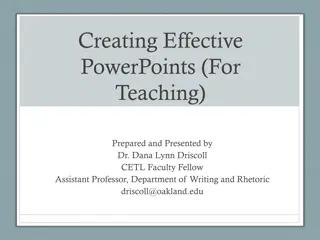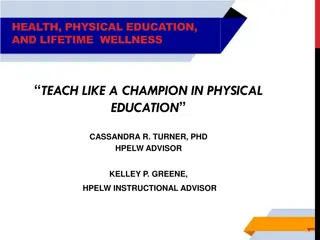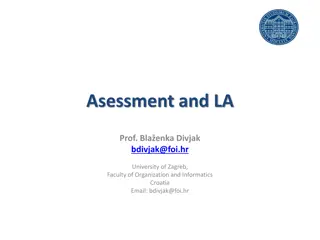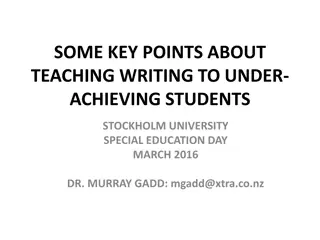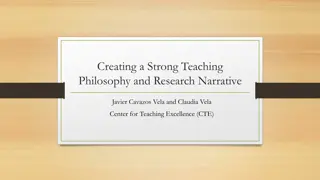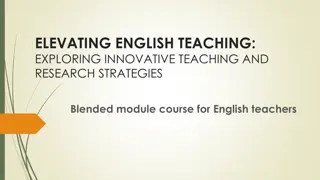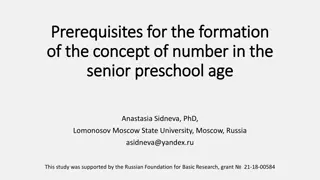Teaching Strategies for Effective Learning in the Information Age
Understand the shift in teaching strategies with a focus on essential content, learner needs, and active learning. Explore the importance of teaching less material for deep learning and developing a lifelong learning mindset. Learn how to select and deliver content effectively in the 21st century education landscape.
Download Presentation

Please find below an Image/Link to download the presentation.
The content on the website is provided AS IS for your information and personal use only. It may not be sold, licensed, or shared on other websites without obtaining consent from the author.If you encounter any issues during the download, it is possible that the publisher has removed the file from their server.
You are allowed to download the files provided on this website for personal or commercial use, subject to the condition that they are used lawfully. All files are the property of their respective owners.
The content on the website is provided AS IS for your information and personal use only. It may not be sold, licensed, or shared on other websites without obtaining consent from the author.
E N D
Presentation Transcript
Too Much Content, Too Little Time Marti Echols, Ph.D. Kathleen Hagen, M.M.
Objectives Determining content essentials Identifying learner needs Peer to peer teaching/learning Strategies for active learning Techniques for productive class time
Session Objectives Understand the change in teaching role How to select content-specific knowledge, skills, and attitudes Designing strategies and processes for students to learn needed content Teach for the information age
Questions for You Have you changed or modified your content from year to year? Do you add in new information? What and how much have you taken out?
The Case for Teaching Less Material Trying to teach too much material results in surface learning instead of deep learning. The usual result of surface learning students forget material as soon as the test is over. Learning basic material really well makes learning new, related material easier. Misconceptions can be persistent and interfere with learning new material.
Change Our Mindset Information is ubiquitous. Lifelong learning is essential in all professions. Knowing information is not enough; our students must be able to use knowledge. Our students need skills to find information, analyze information, and apply it to new settings.
Teaching in the 21stCentury Our job has changed Talking is not teaching; Listening is not learning. We no longer cover material, but we uncover concepts not known before. We are not the source for knowledge but a resource for knowledge. Focus is on the learner understanding, retaining, and using knowledge.
How To Select Content To Teach Develop a curriculum map and a course map. Find out what students already know. Compact teaching. 3 big questions we must consider.
Curriculum Map & Course Map Curriculum map and a course map Know what the curriculum objectives are. Know where your course fits within that. Determine what students already know. Discover what they are going to learn after your course. Decide what you are responsible for teaching them. See the big picture.
Use Pre-Assessment Find out what students already know Pre-test Probe for misconceptions Survey list of concepts check off Small group review WebCT (or Blackboard) modules Student presentations of base-line concepts Poster presentations
3 Big Questions What essentials must students learn? What attitudes, processes, or skills are needed? As a life-long learner, how will student be able to access information about the content after graduation?
Curriculum Compacting Determine the level you will teach at and share that information with your students. Help them become aware of what they don t know and make your standards for performance explicit.
Who was the fifth president of the United States? Barack Obama George W. Bush Bill Clinton George H. W. Bush James Monroe
Who was the tenth president of the United States? John Quincy Adams William Henry Harrison Andrew Jackson John Tyler Martin Van Buren
Curriculum Compacting, resumed Provide students opportunities to go beyond that level or apply content you present. Provide peer reviews or learning modules for students who need additional background information. Use clinical case scenarios to integrate concepts .skills .attitudes.
Key Concepts Model Medical Pedagogy Knowledge Skills Attitudes Values/beliefs Influence patient management Show how Do To Know & Know How
Teaching Methods Knowledge Formal lecture (one direction) Mini lecture Interactive lecture with student input Reading AV materials Case studies Individual research/project Group discussion
Teaching Methods Skills Attitudes Group discussion Simulation Panel discussion Standardized patient Reflective writing Role playing Focus groups Video taping Movies/clips Clinical practice Checklists Demonstration
What is Essential to Know Start at end of the course. Determine what essentials must be learned, memorized, or practiced. Deliver clearly, repeatedly, and in several different formats. Practice them in class, self study, provide immediate feedback, quizzes. A grading rubric supports mastery of these concepts if you share it with students.
Attitudes Processes Approaches to think in this subject Design learning opportunities Provide multiple opportunities to learn Model them Extract process Use visuals / AV resources
How and Where to Access Information in the Future Cannot learn everything from one course or curriculum Responsibility as a life-long learner They must stay on top of changes Integrate these into course using guest speakers, journal articles, scholarly activities Evaluate using them e-portfolio, self reflection, peer review/critique
Content Prioritizing Subject Must Knows Need to Know Nice To Know Process to use knowledge Add depth interest but not essential Imperative to Understanding Affective, emotional Can be part of Project Can be used for Rapid acceleration Remediation Opportunities to Apply concepts Terms, Concepts Non-negotiable Skills needed
Active Learning Techniques Think- Pair-Share I-Clicker One minute review (prior day) One minute summary of today Call on students to respond/summarize concepts as you teach them Post a question a day Mini-lecture with Peer Teaching Open PowerPoint
Expect some pushback from your students Students are often resistant to your attempts to introduce active learning techniques. Most common complaints: I m not spending $20,000 a year to teach myself! That s not how I learn! Overcome their resistance with the good results they ll get.
Respiratory Example M2/Fit/Charge What do students Already know? Knowledge Skills Attitudes Panel of Patients With Chronic Resp illnesses Major Respiratory Diseases Survey Respiratory Sounds Peer Teaching Reflective paper Recognize Focused Hx Test for them Physical Exam Treatment Intubation
Summary Understand changing role of faculty Design course based on the curriculum map Start with the end in mind Provide knowledge, skills, and attitudes Assess using the same priorities Use active learning techniques and application of concepts
References Rodgers R. What to teach when there isn t time to teach everything? Magna Online Seminars. August. 2010 Wilson L. Wilson s Curriculum Strands . 2005. Expanded from K. Bull @ Oklahoma State University. A Quick Guide to Teaching . www.euteach.com. 2009 Irby D. & Wilkerson. L. Teaching when time is limited . BMJ 2008. Vol. 336. wwwmbmj.com.
Thanks for Learning With Us Today Questions?
